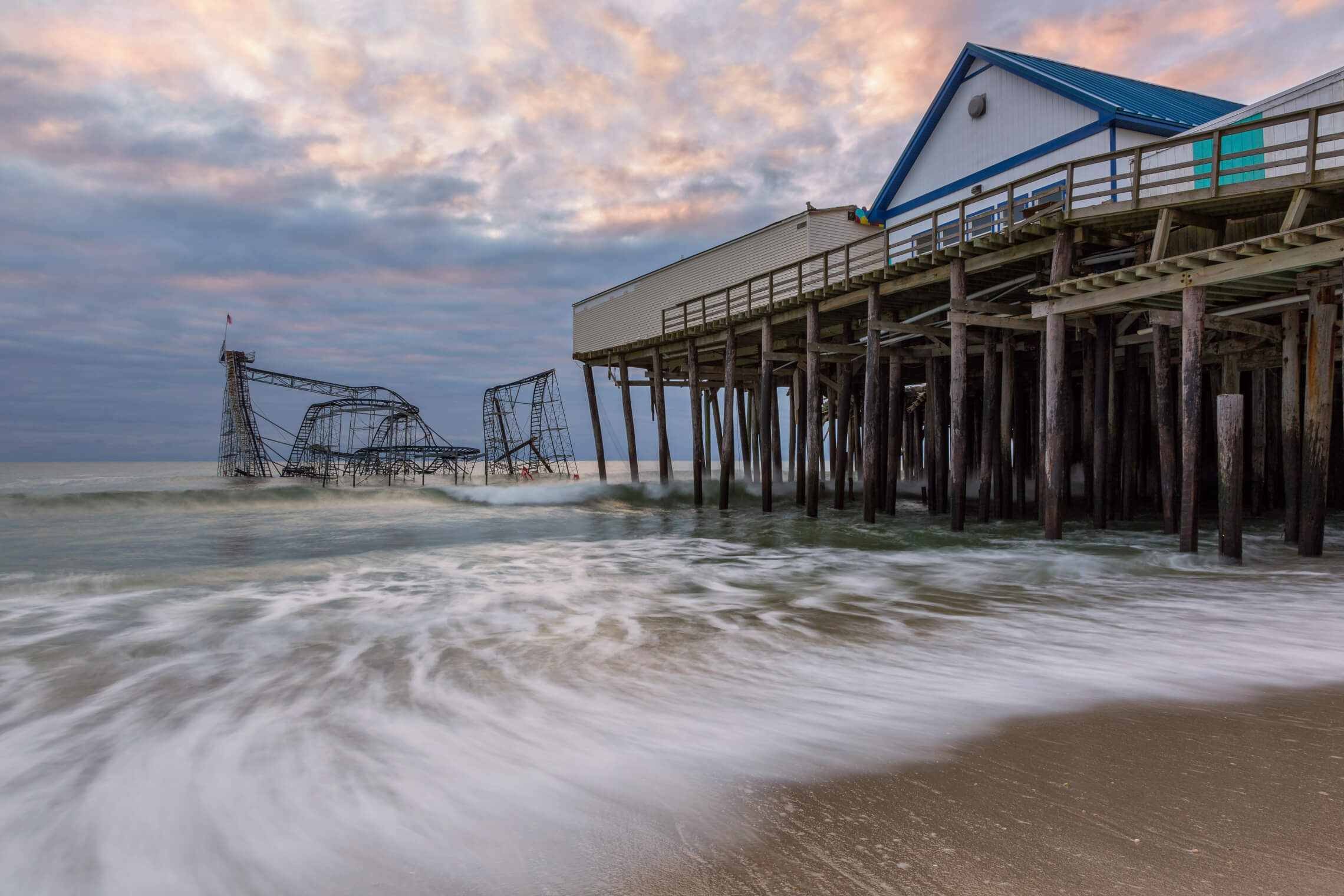Reducing Our Collective Demand for Electricity

Nine days after Hurricane Sandy struck the Northeast, deliveries from the New York Harbor had only returned to 61 percent of pre-storm levels, making essential supplies difficult to distribute and jeopardizing public safety. Reducing our nation’s collective demand for electricity will help alleviate the strain on our power grid. But how can this be done?
Energy Efficiency is the First Step
Constructing massive solar arrays and giant wind farms to diversify our country’s electricity generation is undoubtedly effective. But the first step, a more modest and cost-effective tactic to reduce our power demand, is through energy efficiency. Sweltering temperatures, increased intensity of natural disasters and extreme weather patterns are challenging us to reconsider the way we produce and consume energy in the U.S.
Energy efficient products and services deliver the same amount of light, heating, cooling, entertainment, and information access as their equivalents—only with less energy input.
By adopting energy-efficient behaviors, we can:
- Reduce the amount of CO2 emissions released into the atmosphere
- Lower our home and business energy costs
- Improve the health and well-being of our communities
- Stimulate local economic growth and support continued prosperity
- Improve energy system reliability and our overall energy security
Residential Electricity Prices Will Experience the Greatest Spike
Since the 1970s, energy consumption per dollar of U.S. economic output has fallen by half, reports the EPA, resulting in "sustained economic growth while softening the economic damage from recent energy price surges.” Still, the EIA's short-term energy outlook reveals that electricity prices are going up across the board.
The cost of commercial, residential, and industrial electricity are all forecast to increase this year, and again in 2018. Residential prices will see the greatest price spike: from 12.55 cents per kilowatt-hour last year to 12.93 cents/kWh in 2017, and then up to 13.24 cents/kWh in 2018. These prices are still a forecast, however. There is time to make a change.
Reinvesting in Our Communities
Based on the principles of supply and demand, energy efficiency can decrease the need for electricity across the U.S., resulting in lower energy prices for everyone while making it more practical to retire old coal-fired plants. The result? A breath of fresh air—many breaths, in fact.
The money that residents and business owners ultimately save on their electricity is then reinvested into other areas of the economy. Instead of purchasing high-priced, imported gasoline, local residents can spend their money on small businesses, boutique services, and family-run enterprises—and help ensure their own communities continue to thrive.
PACE can help you embrace a more sustainable lifestyle. Contact Ygrene to learn more: (855) 901-3999; info@ygreneworks.com.




